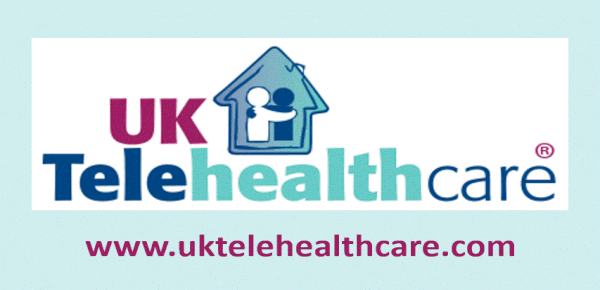 TTA has an open invitation to industry leaders to contribute to our Perspectives non-promotional opinion and thought leadership area. Today’s topic is the closure of rural hospitals and whether telehealth can bridge this access gap. The author, Hari Prasad, is co-founder and CEO of Yosi Health, a full-service technology ecosystem that connects patients with their providers through the entire care journey before, during and after the visit, creating delightful patient experiences and modernizing the entire healthcare patient experience.
TTA has an open invitation to industry leaders to contribute to our Perspectives non-promotional opinion and thought leadership area. Today’s topic is the closure of rural hospitals and whether telehealth can bridge this access gap. The author, Hari Prasad, is co-founder and CEO of Yosi Health, a full-service technology ecosystem that connects patients with their providers through the entire care journey before, during and after the visit, creating delightful patient experiences and modernizing the entire healthcare patient experience.
Rural hospitals across the United States are at risk of closing especially if Medicare and Medicaid cuts are enacted. According to a March 2025 report by the Center for Healthcare Quality and Payment Reform, over the past two decades, nearly 200 rural hospitals have already closed. It’s an economic reality that could leave hundreds of thousands of Americans without local medical care.
Rural communities, which already face challenges related to limited healthcare resources, transportation, as well as staffing and economic constraints, are likely to experience even greater disparities in access to essential services. As these hospitals and clinics face potential shutdowns, telehealth is emerging as a critical tool to maintain healthcare connectivity and improve patient outcomes in these underserved areas.
The threat of rural hospital closures has far-reaching implications. For many residents, these facilities provide not only emergency care but also routine health services, chronic disease management, and preventive screenings. With the loss of a nearby hospital, patients are often forced to travel long distances for care—a situation that can delay treatment and exacerbate health conditions. Additionally, the closure of rural hospitals often leads to increased pressure on remaining facilities, further straining resources and limiting access.
Telehealth, which allows patients to connect with healthcare providers through digital platforms, offers a promising solution to these challenges. By enabling virtual consultations, remote monitoring, and digital care coordination, telehealth can mitigate some of the negative effects of hospital closures. It provides patients with timely access to medical advice and treatment without the need for long, costly journeys to distant facilities.
In my experience at Yosi Health, we are witnessing a notable trend: rural healthcare providers are increasingly turning to telehealth as a means of bridging the access gap. Digital tools and virtual care platforms have evolved to support not only routine consultations but also more complex care management needs. For example, remote patient monitoring is now being used to track chronic conditions such as diabetes and hypertension, ensuring that patients receive ongoing care – without the constant need for in-person visits.
Furthermore, telehealth solutions are proving effective in reducing hospital strain. By diverting non-emergency cases from overcrowded emergency departments, these platforms help ensure that hospital resources are preserved for patients in critical need. Virtual visits can also lead to more efficient use of healthcare resources, allowing providers to manage larger patient loads with improved workflow efficiencies.
There are, however, challenges that must be addressed for telehealth to reach its full potential in rural areas. One of the key issues is the digital divide. While broadband expansion initiatives and improved rural telecommunications infrastructure are making strides, many rural communities still lack reliable internet access—a crucial component for successful telehealth implementation. Policymakers at the state and federal levels, including considerations in the Federal 2026 budget, are beginning to recognize the importance of investing in these areas. Such investments are essential to ensure that telehealth can serve as a viable alternative to in-person care in rural settings.
Another challenge is ensuring that telehealth services are fully integrated with existing healthcare systems. Interoperability between telehealth platforms and electronic medical records (EMRs) is vital to maintain a seamless flow of patient information, which in turn supports continuity of care. As more healthcare providers adopt digital solutions, the need for standardization and robust data exchange protocols becomes increasingly important.
Ultimately, while telehealth is not a complete substitute for all in-person care, it is a powerful tool that can help maintain continuity in the face of rural hospital closures. By improving access to care, reducing travel burdens, and alleviating pressure on overstretched facilities, telehealth can play a central role in preserving the health of rural populations.
The ongoing evolution of telehealth technology offers a hopeful outlook for rural healthcare. As innovations continue to improve service delivery and integration, it is imperative for stakeholders—providers, policymakers, and technology developers alike—to collaborate in expanding these solutions. In doing so, we can help ensure that rural communities are not left behind, but instead have access to the high-quality, timely care they deserve.
For Perspectives editorial and additional opportunities such as supporting TTA through advertising, contact Editor Donna.

















Most Recent Comments